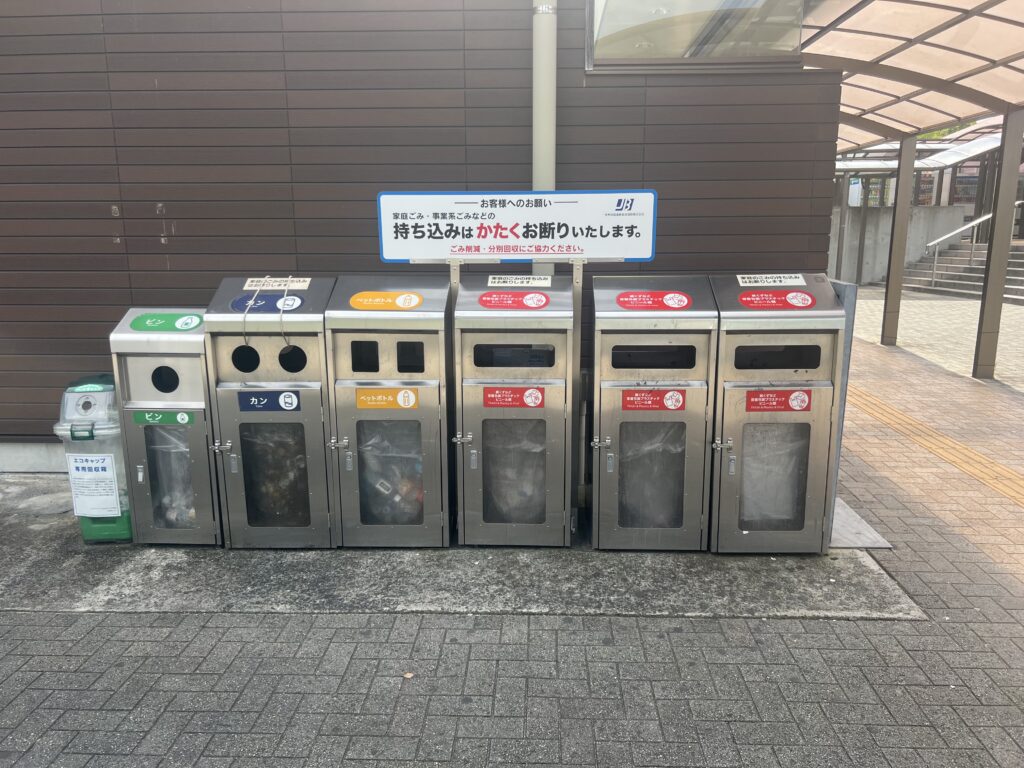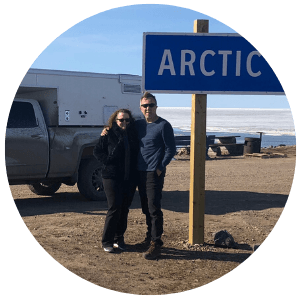Hopefully the route that ultimately leads us to Hokkaido will provide an opportunity for us to revisit Kobe given our short time there this go around, but for now the smallest of Japan’s four main islands lays ahead – Shikoku. Probably the most overlooked ( and hence least travelled ) of Japan’s big four islands, Shikoku certainly lacks the more recognizable attractions of the other three. It’s predominantly rural (making it a bit easier to navigate), but still boasts one of Japan’s top three gardens, a highly regarded castle, and some of the wildest coastline in the country – we decided it was worth the detour.

Leaving Kobe to the west one does not drive very far until the amazing new Akashi bridge comes into view – it connects the Honshu mainland to the island of Awaji, which in turn forms a land bridge between Honshu and the island of Shikoku. The bridge itself is a world-renowned feat of engineering and is truly stunning just to look at. It was a particularly windy day as we crossed, and the combination of being so high up, the gusting winds, and the high profile of our van design made for a bit of a wobbly crossing. At the south end of Awaji island, where tidal waters rush in and out of the Inland Sea, one can observe the whirlpools of Naruto. These become very intense at high and low tide and attract many tourists. Unfortunately they were not at their most intense as we passed by , although we did venture up to the lookout just to take in what is a pretty impressive view of the surrounding landscape and the immense bridge itself. Memorably, we spent one night camping on the island of Awaji at a beautiful beach-side spot along with a dozen other local campers, and experienced one of the best sunsets we’ve seen so far in Japan – a little bonus we had not expected.



A couple of other smaller bridges connect Naruto to mainland Shikoku. One normally arrives in the Takamatsu area next but we detoured southwest to Awa to the “Earth Pillars”an attraction supposedly similar to the hoodoos of Bryce Canyon in the US. Well, if there was a resemblance, it was only passing- they are simply not on the same scale. Fortunately, it was not a significant detour that we made.

En route to the earth pillars, and quite by chance, we stumbled upon an unusual (and I suspect little known) historical WW1 memorial. History buffs will know that Japan actually fought on the side of the allies in World War1, so when 3,900 German soldiers ( who were protecting German settlements in China ) were taken prisoner during the Siege of Tsingtao in 1914, it was left to the Japanese to find a place to house them somewhere in Japan. The Bando Prisoner of War camp, near Takamatsu, was the largest of such camps, holding over 1,000 soldiers. It’s a little known quirk of World War I history that I didn’t know about and found it fascinating to walk around the ruins of the camp and talk to a couple of local Japanese who appear to be maintaining it. Click on the link here for more details on this rather interesting story. Two things stood out for me; firstly, how well they were treated ( in stark contrast to prisoners in the next war ) and secondly, the fact that over 170 of them chose to settle permanently in Japan after WW1 where their descendants live to this day.



Arguably Shikoku’s primary attraction, stunning Ritsurin Koen( Park ) more than compensated for the disappointment of the earth pillars. We’d both seen it before, long ago, but enjoyed it just as much this time and it is still as beautiful as ever. Of all the tourists we saw in the week we spent on Shikoku, 90% of them were probably at this location – it’s that well known here.








South west of Takamatsu Route 32 takes travelers through the Yoshino River valley, a particularly scenic stretch of road with white water rapids tumbling through the bottom of the valley, 50 or 60m below the narrow road which clings to the mountain side in most places. Didn’t challenge the rapids, but we did detour east to the historic Vine Bridge that is a pitstop on most travellers’ journey through the centre of Shikoku. Another narrow, hilly, and very windy detour, but well worth it to see the area and walk on the bridge.

Over the next few days, we travelled south to Kochi, and then on down to Cape Ashizuri, famed for some of Shikoku’s best coastal scenery. Alas, photography moments were fleeting here as rain and drizzle interrupted quite a bit of this part of our journey. The good bits were great, but no matter where you are when it’s raining it’s hard to get excited about the scenery, pretty though it was.


That all cleared up by the time we reached the west side of the island. Staying predominantly coastal, our route north took us via the cities of Uwajima ( where I was delighted to catch the Shidenkai Museum ). and Matsuyama where ( in a moment of sheer panic ) we could not locate our parked vehicle – it ended well, but it was frantic for a couple of hours ! Matsuyama, a pretty city and known for an impressive castle, was for us, one of those disaster travel days that come along every once in a while; the drama of not being able to find our vehicle, hours wasted at the immigration office ( only to be told a visa extension was not possible ) and finally missing a visit to the aforementioned Matsuyama castle as we found it closed having arrived late after wasting so much time on the other stuff ! Fortunately, so far anyway, such days have been rare.





Part of the attraction of Shikoku is getting there ( and leaving ) via the interconnecting small islands that dot the Inland Sea so we chose that route out – in at the eastern end, out at the western end. Some impressively engineered bridges, a few scenic rural islands, and a short final ferry ride later we were back on the main Island of Honshu at the port of Mihara. Much more of Honshu to come !


Till next week…..



Interesting plane. I’ll have to google that. Wishing you could stay longer?
Yes, not one I knew much about and few survive. At a quick glance looks much like a Zero.
Re Shikoku, not so much stay longer but just wish that the the weather was better – don’t really care when you’re doing inside stuff like visiting museums and shopping, for example, but when you are exploring coastlines and beautiful mountains, one of course wants it to be optimal. It wasn’t always😔.
Love the photos, safe travels to you both.
Thanks Phil. We have a pretty easy “canvas” to work with here in Japan 😉😉.